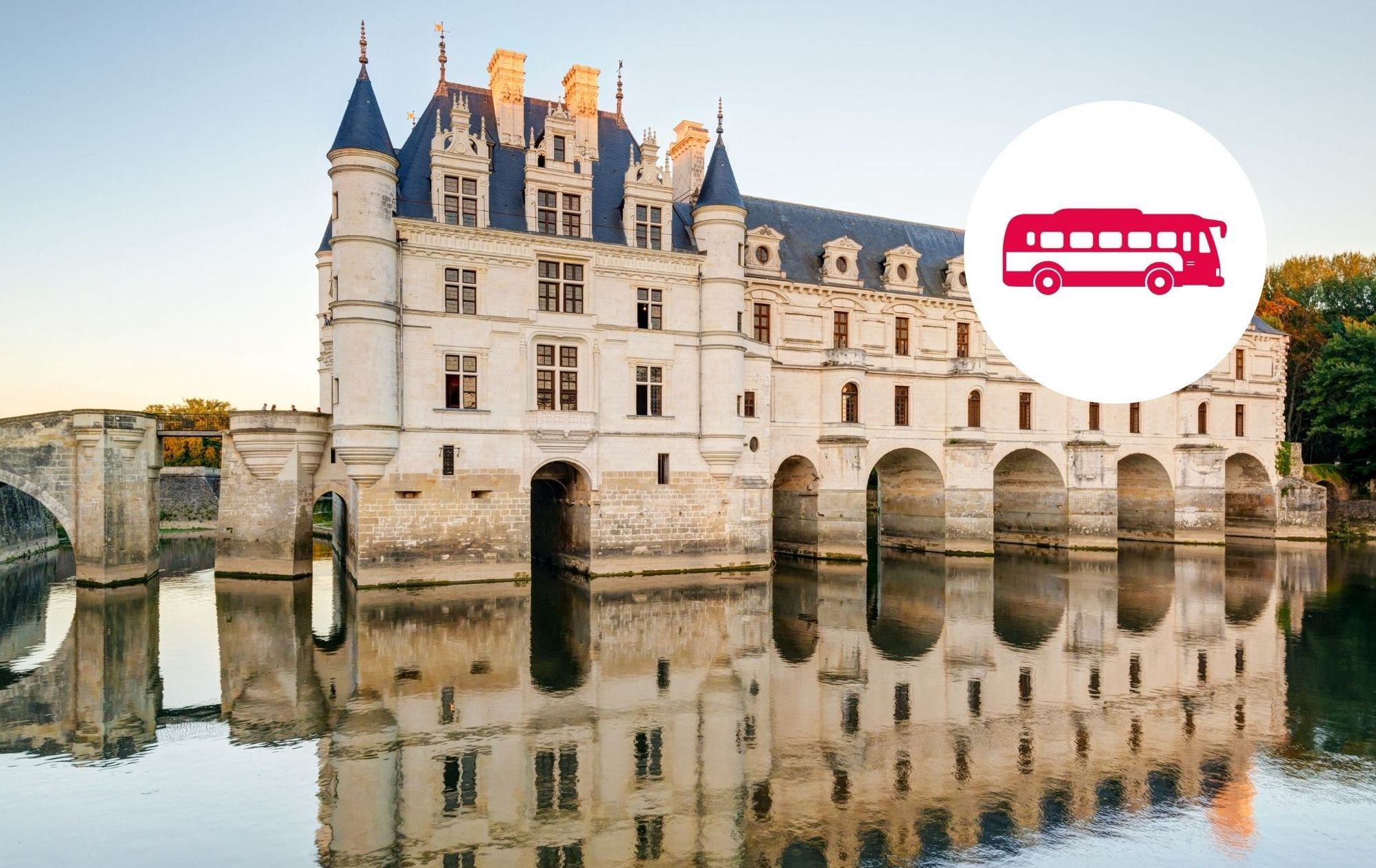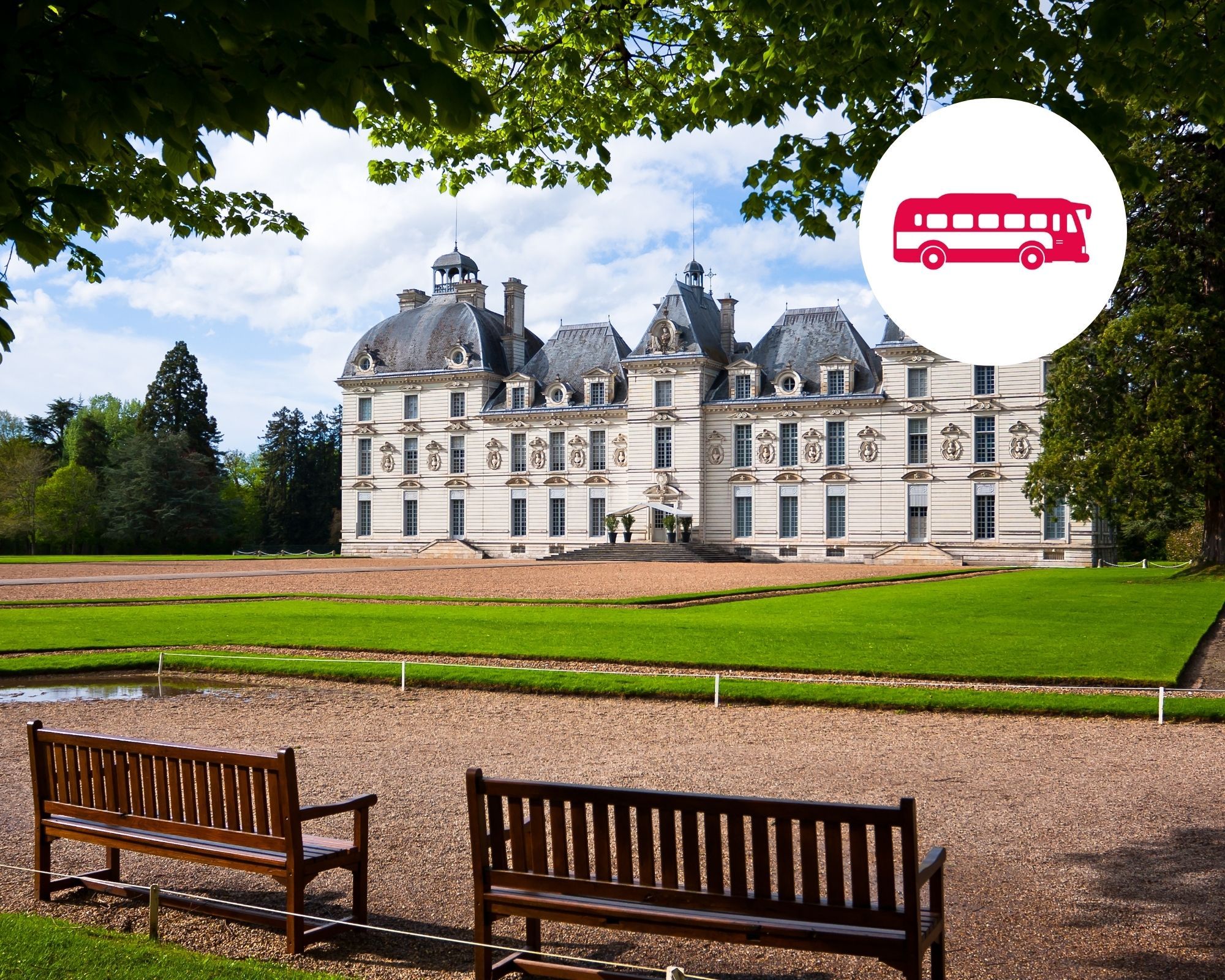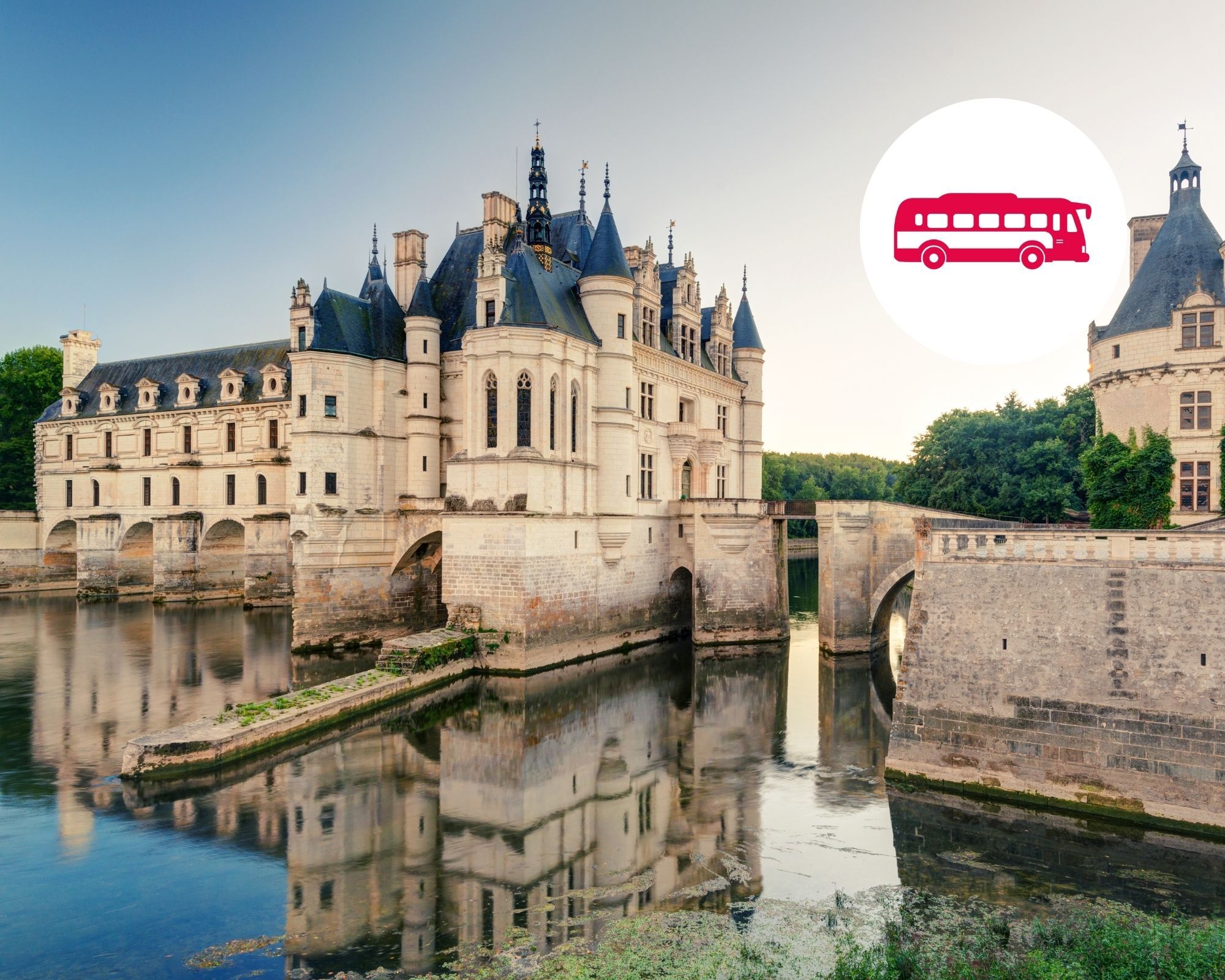Each Castle Has a Unique History
Although some might tend to group the Loire Valley châteaux together, each one is vastly different from the other and lays claim to its own unique history. So much the better! What they all do share, however, is that they were built during the Renaissance era and the reign of François I. The royal families that once lived in the Loire Valley had to have châteaux that were up to the expectations of His Majesty!
Château de Chambord
In existence since the Middle Ages, Chambord was renovated in a typical Renaissance style by King François I. It was constructed on the foundation of a fortified château that was decorated in a gothic style while its structure was that of a Greek cross. Chambord welcomed Charles Quint in 1539 and was then fortified by Charles IX in 1566. Today, the National Estate of Chambord, which includes the château, has more than 5,440 hectares (13 400 acres) of land, a thousand of which are open to the public. In fact, the grounds at Chambord are an enclosed forested park surrounded by a wall to conserve the wild game found inside the estate.

Visiting Chambord castle
Château de Chenonceau
This château is otherwise referred to as the “Château of Ladies” due to the different female owners and female builders who would mark its history. Numerous owners and their respective plans for improving and/or enlarging the château succeeded one another from 1250 to the 20th century. Chenonceau was a strategic location for the transport of wood along the Cher and the château itself was an important administrative center in the management of fluvial traffic. Starting from 1535, the château that belonged to François I would be abandoned by the King altogether who preferred to establish his royal residence in Fontainebleau. In collaboration with architect Philippe Delorme, Diane de Poitiers would redo the castle and add an arched bridge that crossed the Cher River, as well as gardens that bear her name. When Catherine de Medici took over the château following the death of Henri II, a series of improvements were made on the edifice and in the gardens. Louise de Lorraine, Madame de la Pelouze and Laure Menier were all leading figures in the renovation and reorganizing that occurred at Chenonceau.

Visiting Chenonceau castle
Château de Cheverny
A former home, the Cheverny château was enlarged during the reign of François I with the backing of Jean Hurault. In the 1630s, the edifice was almost entirely demolished. Henri Hurault initiated the construction of a new château with the aid of known artisans like Jean Mosnier for interior paintings and Gilles Guérin for French-style garden sculptures. Guérin would later be in charge of decorative elements at Versailles.
It was Cheverny that inspired Belgian cartoonist Hergé to create the Château de Moulinsart in the world-famous Adventures of Tintin and Milou. Every year, 85,000 visitors come to Cheverny to see its permanent exhibition dedicated to Tintin.

Visiting Cheverny castle
Château d’Amboise
The Lords of Amboise set up home in their château during the 12th century, thus taking control over the grounds. In 1431, Amboise became a part of the royal domaine following a plot against Louise de la Trémoille in which Louis d’Amboise participated. Amboise, much appreciated by the royal family, became a refuge for the Dauphins.
Charles VIII invited Italian artists to come to Amboise to help in the enlarging and modification of the château. Louise XII would also expand the château and then later cede it to Louise de Savoie who raised Marguerite d’Angoulême and the future King, François I. Other additions were also executed under the orders of Henri II.

Clos Lucé
A manor constructed in 1500, Clos Lucé is where Leonardo da Vinci lived between 1516 and 1519. He was invited by King François I at the age of 64. In his travel bags was a painting that da Vinci gave to the King...you guessed it, the Mona Lisa. Clos Lucé is also where da Vinci passed away on May 2, 1519.

Visiting Clos Lucé
Villandry
Villandry was constructed by Jean le Breton, Minister of Finances under François I. It was completed in 1536, except for some work inside and the courtyard which were finished in the 18th century. The château contains a feudal dungeon that dates from the 12th century as well as a Renaissance château.
The Carvallo family saved the château from destruction in 1906. Villandry’s new owners established a large collection of paintings from some of the best Spanish painters. In 2004, its garden received the title of “Remarkable Garden” by the Ministry of Culture, an honor that helps to promote and to conserve French-style gardens.

Visiting Villandry castle
Today, the Loire Valley châteaux are mainly managed by private owners who allow the public to visit and to enjoy France’s cultural heritage. In as much, visiting the châteaux is not only an opportunity to open a window onto France’s history but a way to finance the various renovations that take place and will take place over time in order to conserve the châteaux and their grounds for future generations.


